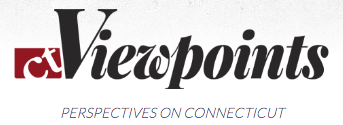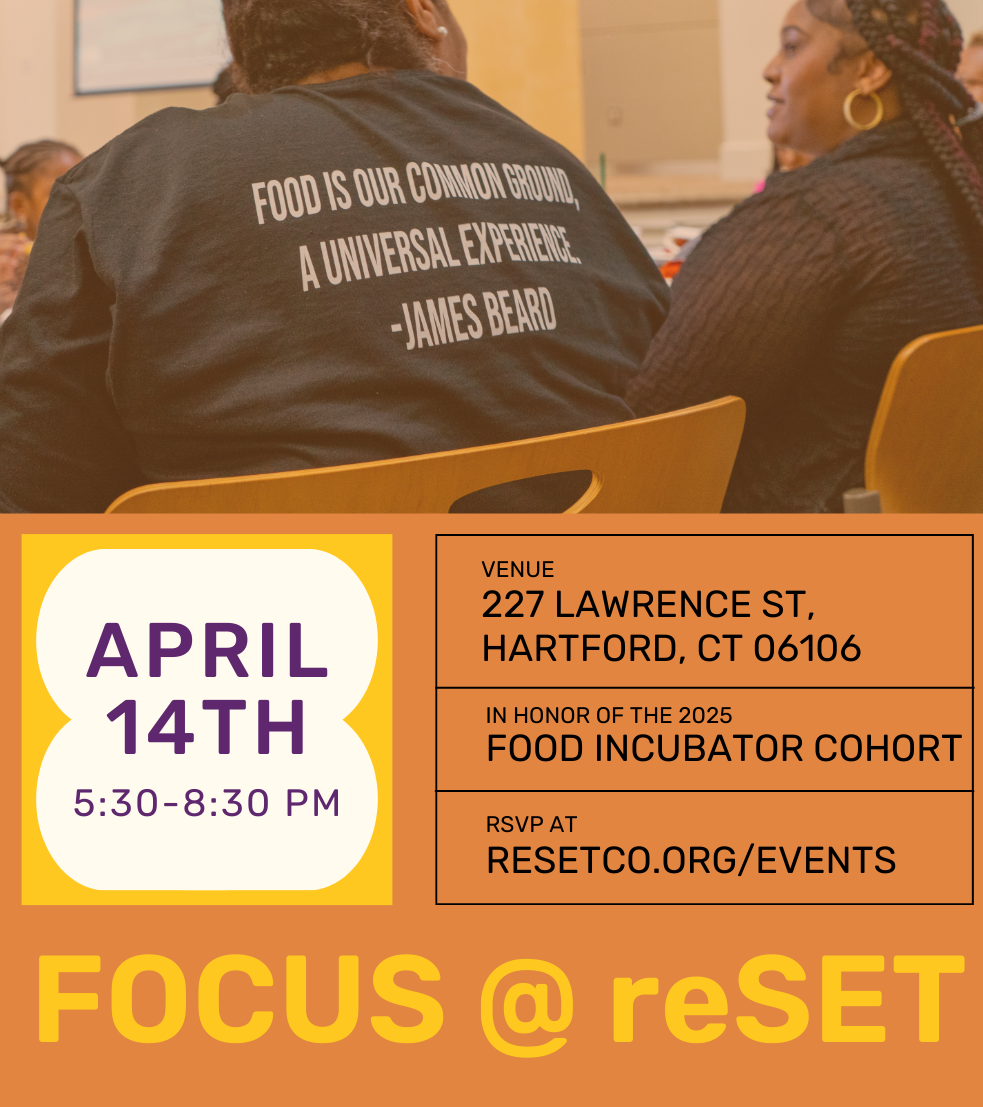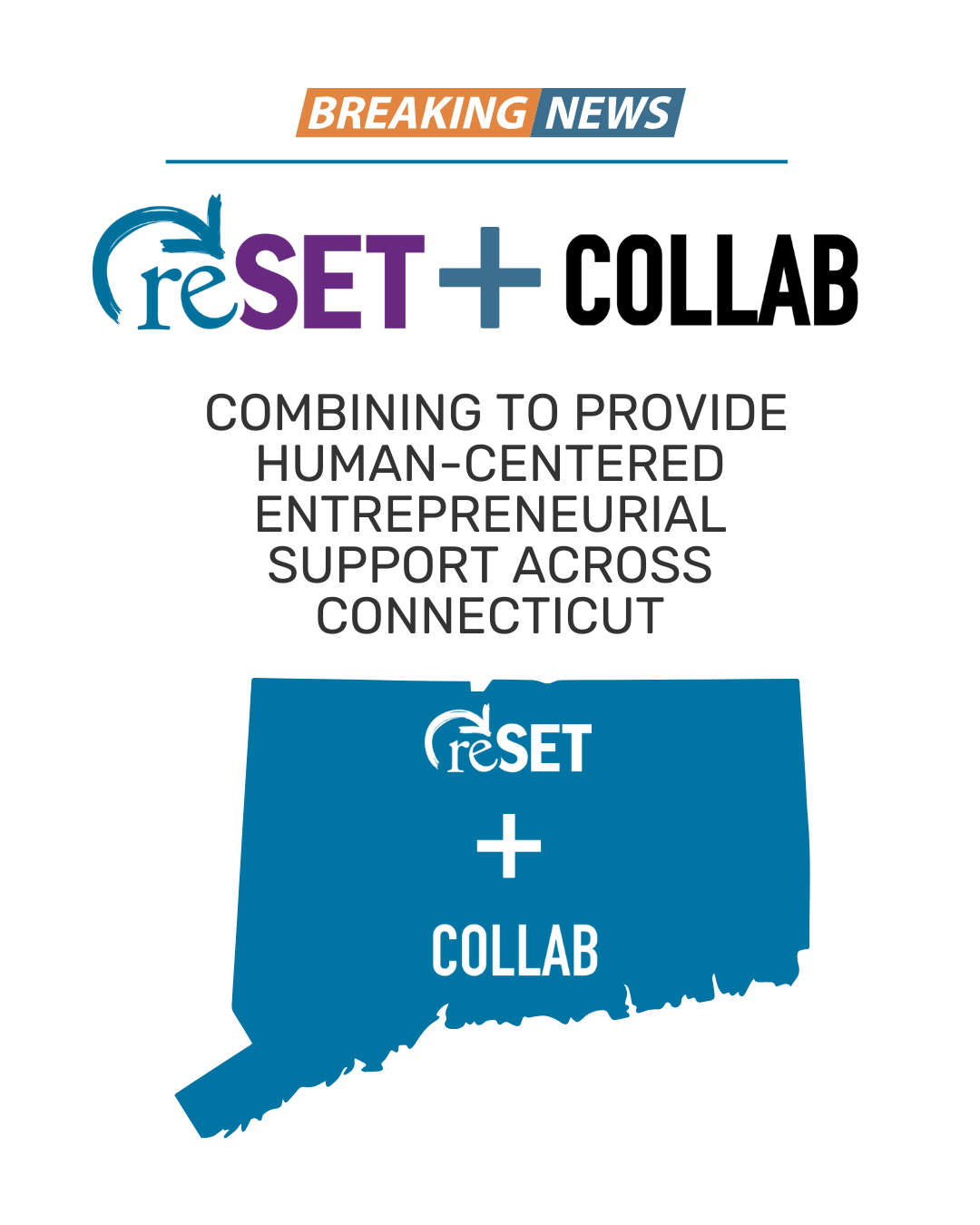For full CT Viewpoints coverage and related content, please click here.
In Connecticut, assessments of just about everything are far more likely to reflect a “half-empty” approach, rather than the equally accurate “half-full.” Even efforts to discern silver linings in dark clouds often result in an emphasis on what’s unlikely or improbable, not what is possible.
The likelihood of Hartford, the lynchpin of this region, snatching victory from the jaws of near-bankruptcy is too-often viewed skeptically, even as adjacent suburban communities gain notice as up-and-coming places to be.
Evidence suggests that our habitual reactions are selling the region, and the city, short. Urban communities and the suburbs that surround them can thrive together. In fact, that may be the only way for either – or both – to sustain and spread economic progress.
As the latest issue of Governing explains, “After decades offering themselves as safer, quieter alternatives to cities, suburbs are refashioning themselves to become more like them. Development built around cars, with zoning restrictions that strictly segregate housing from office space and shopping, is giving way to the desire to create new downtowns, bubbling with all kinds of activity, and create them largely from scratch.”
In West Hartford, for example, Blue Back Square was constructed ten years ago mainly on the site of defunct car dealerships adjacent to a then less-than-thriving West Hartford Center. The mixed-use plan, with retail, residential, offices and entertainment throughout, prevailed against vigorous opposition, moving forward only after a hard-fought town-wide referendum that earned 60 percent of voters, in a surprisingly high (and highly-charged) voter turnout.
The decade-long unqualified success of Blue Back foreshadowed a national trend. Communities are increasingly looking at their own town centers. In a state starving for economy-expanding initiatives, the new urban/suburban reality suggests that suburban growth no longer precludes city progress. To the contrary, tandem efforts strengthen the entire region, and recognition that we don’t live in independent silos but interdependent communities may well be the foundation on which everything rests.
The combination of a mid-sized city such as Hartford, coupled with vibrant nearby suburbs, can prove attractive to millennials, empty-nesters, and families in-between. The inherent advantages of the state and region should likewise not be underestimated, even as they are tweaked or transformed. Without giving short-shrift to the severity of the fiscal challenges facing Hartford and Connecticut, the seeds of success are sprinkled throughout the region, including downtown.
In the past month, reSET’s accelerator program for business start-ups attracted companies from Silicon Valley, New York, and Israel. Stanley Black & Decker announced plans to establish an advanced manufacturing training and research center just blocks from the planned facility for MakerspaceCT in the former G. Fox building. Upward Hartford, just a block away in the “Stilts” building, is on its way to becoming a hub for innovation, including a presence by Insurtech, itself a natural fit for the region.
Since new apartment construction in Hartford intensified five years ago, nearly 900 rentals have been added in and around downtown, with most of them leased, naysayers notwithstanding. An additional 400 are anticipated in 2019. The city also recently dropped parking space requirements for new projects, to encourage development — only the second major city in the country to eliminate minimum parking regulations.
The auto-centric culture of decades past is giving way, as more of us find alternate ways to get around and are increasingly attracted to communities –- be they cities or updated suburban centers –- with more to do and less distance that needs to be navigated to do it.
About 87 percent of 19-year-olds had their driver’s licenses in 1983; three decades later, that had dropped to 69 percent, a 2016 University of Michigan study found. Even the proportion of Americans ages 45-69 with licenses has declined overall since 2008.
Cities as well as evolving suburbs can reap the benefits of our collective shifting priorities. The Lincoln Institute of Land Policy’s Armando Carbonell said recently, “The suburb that provides more of a center and is connected to the metro region, is going to be the growing sector.”
It is not a zero sum game, pitting city versus suburb. Rather, the whole of efforts in Hartford and its surrounding communities can be far greater than the sum of its parts.








